Are you planning a rock climbing road trip? Finally taking the time to visit all those dream climbing destinations? A road trip is a cheap, fun way to explore the country, and travel to the best crags around. Get some buddies (or not) and hit the road! You are in for an awesome experience.
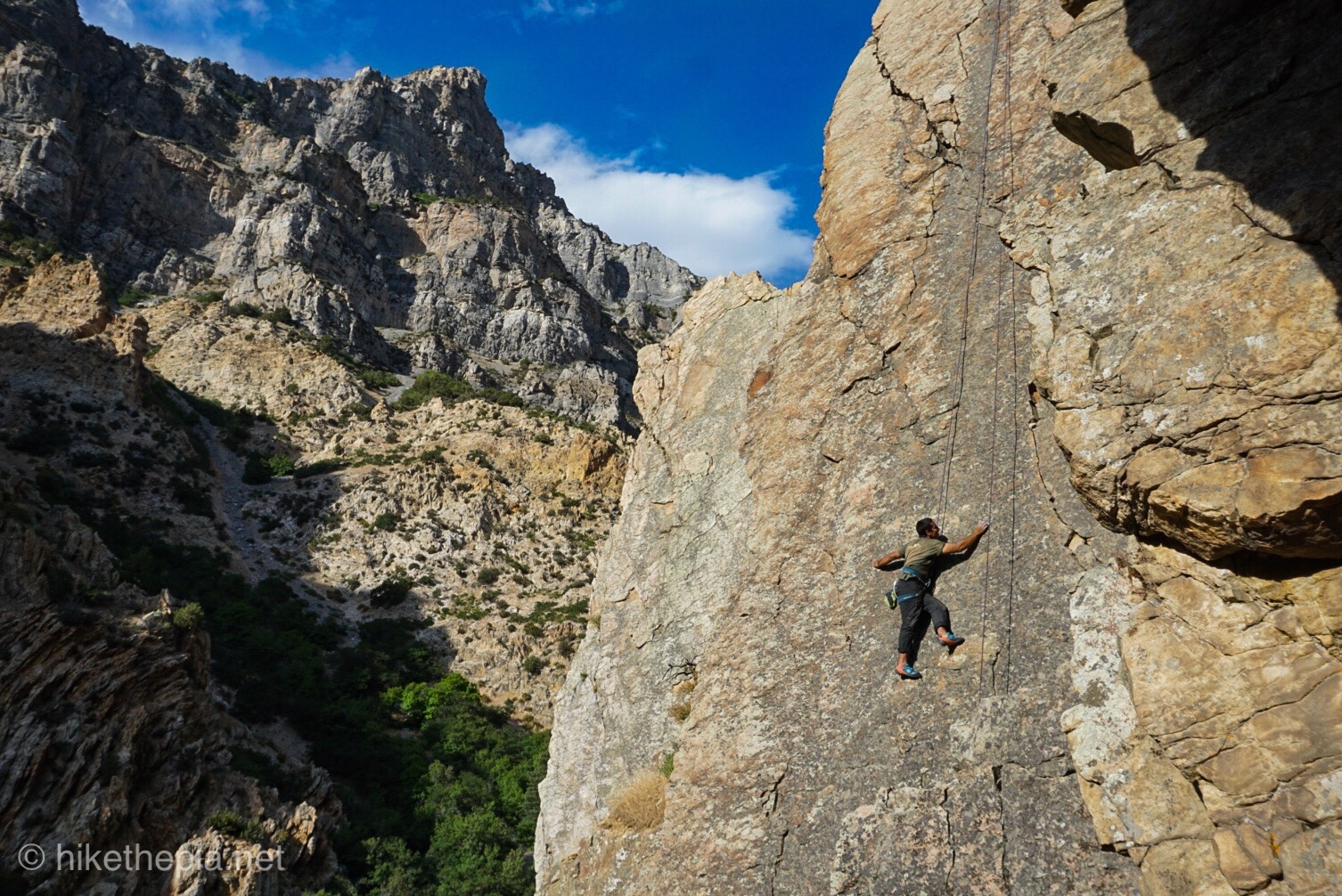
A road trip is a simple concept. You load up your car with all your gear, and hit the road. Yet, many climbers often neglect a few important things that can alter the course of their trip.
I just completed a three week long road trip that took me all over the American West. Thus far, it has been the most extended road trip I have taken, visiting several new states, and climbing at beautiful crags, all while camping throughout. It was a great time for myself, and my road trip partners. Still, there were a few, small things that could have used some tweaking to make the trip even better. In this article, I have put together a list of 14 things that will make for the best road trip ever. Read this article, and learn from our experiences. If you listen to just a few of these tips, your rock climbing road trip will be even better.
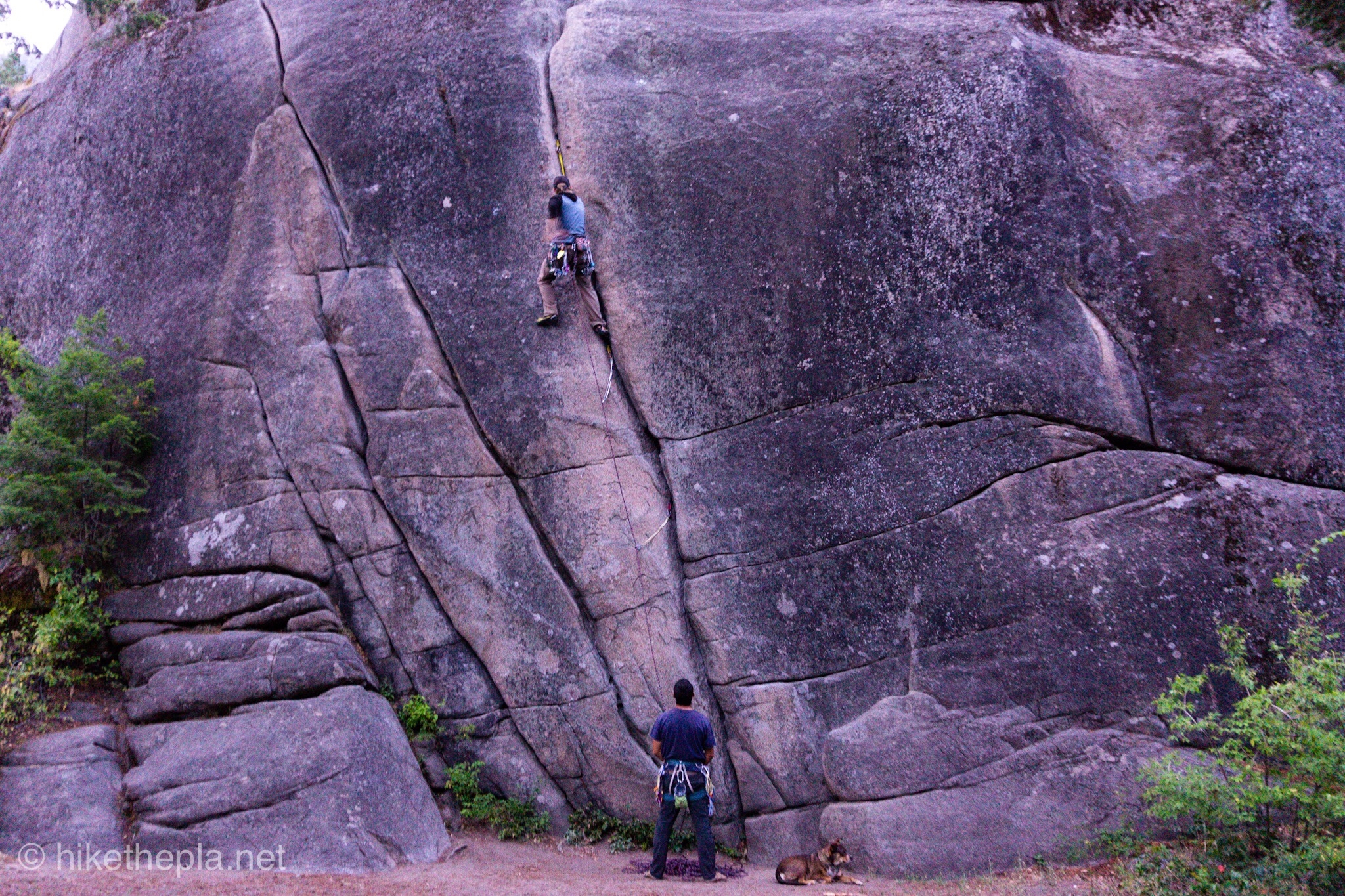
1. Evens and Odds
Table of Contents
Rock Climbing, in most cases, is a two person endeavor. When there is an odd number of climbers, one person is sometimes left out. By keeping your road trip party to an even number, you maximize climbing time for all.
The more the merrier, as they say. This old adage often holds true on a road trip. If rock climbing is your aim, then you may need to do some more logistical planning. Over the course of our trip, the number of our party fluctuated between two and three. When we had three climbers, the third was often left to their own devices.

If you find yourself as the odd one out, don’t give in to boredom and bitterness. Instead, find ways to turn this spare time into opportunity. You can stretch, warm up, exercise, read, learn more about local climbing, shop on the internet, whatever. In my case, I often used my climbing down time to seek out good spots from which photograph my friends as they climbed.
Keeping an even party is not a hard and fast rule. It can certainly maximize climbing time, but odd numbers come with their own advantages. My point is that you should climb with however many other people you’d like, and to make the best of your road trip both on and off the rock.
2. Consider Your Crag Dog
Rock Climbers and Dogs go together like Peanut Butter and Jelly. Like Peas and Carrots. Like Alex Honnold, and Cedar Wright (you know which one is the dog). For any group of climbers at any given crag, there is probably a dog nearby.
Our furry companions keep us company, act as good mediums to accessorize with climbing related pet paraphernalia, and are generally good for some jolly moments. Packing Sparky along on your grand climbing trip may seem like a good idea, but before you do, it is worth considering how your pet may impact your trip.
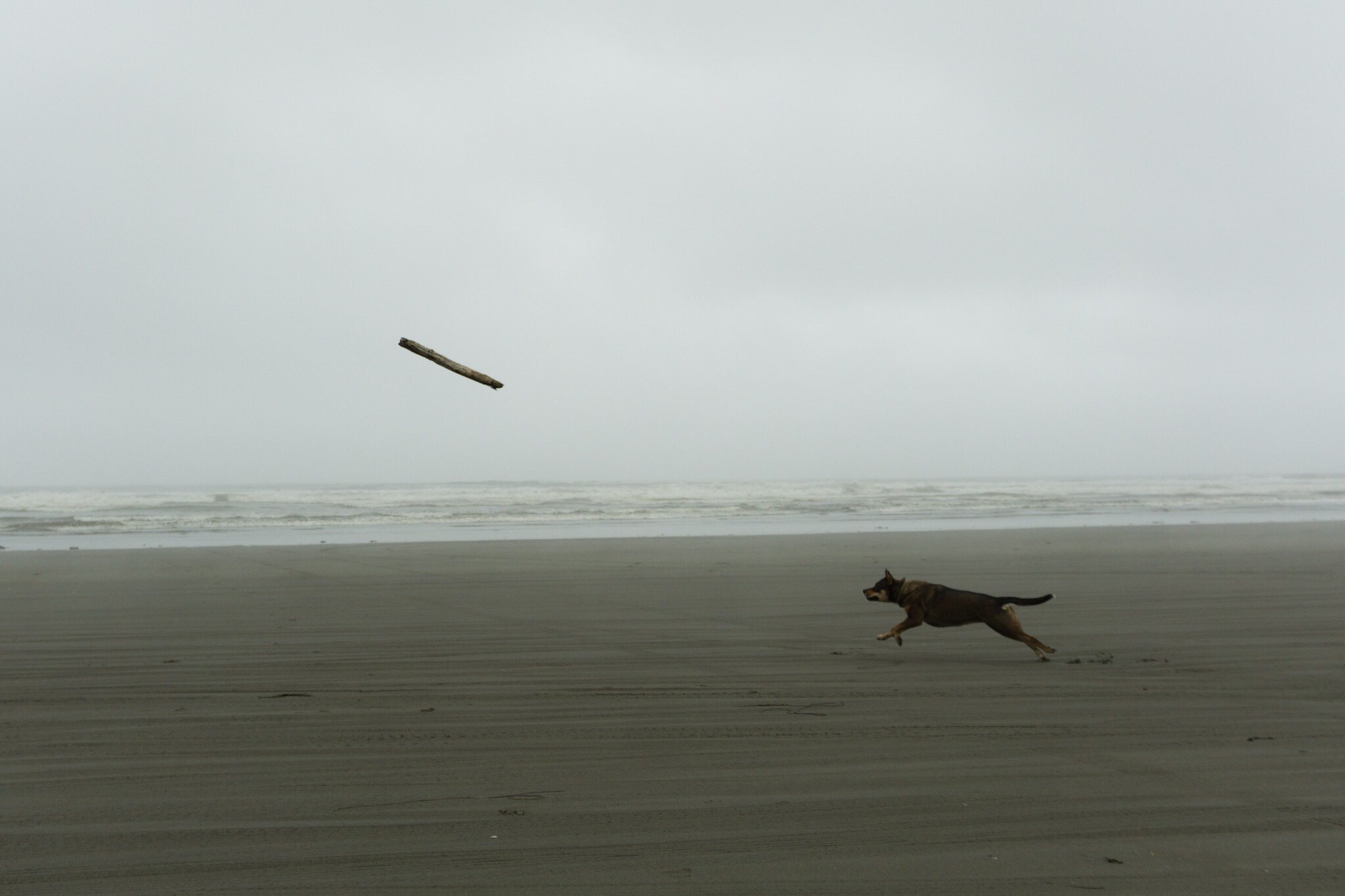
First, understand that having a pet can limit your climbing options. A crag dog often means that climbing multi pitch routes is out of the question. It is mean,irresponsible, and unethical to leave your dog tied up alone at the base of a multi pitch. Unless another party member volunteers to watch your dog, or you can find a kennel, you may be limited to boulders, and single pitch climbing.
Many popular climbing areas are off limits to pets altogether. A good example would be Little Cottonwood Canyon, located just outside of Salt Lake City. Dogs are not allowed here, as the area serves as an important watershed to the Salt Lake Valley. As much as I enjoyed having the pooch along, It could be disheartening when she prevented us from enjoying some climbing opportunities.
3. Always Keep Your Climbing Gear Organized
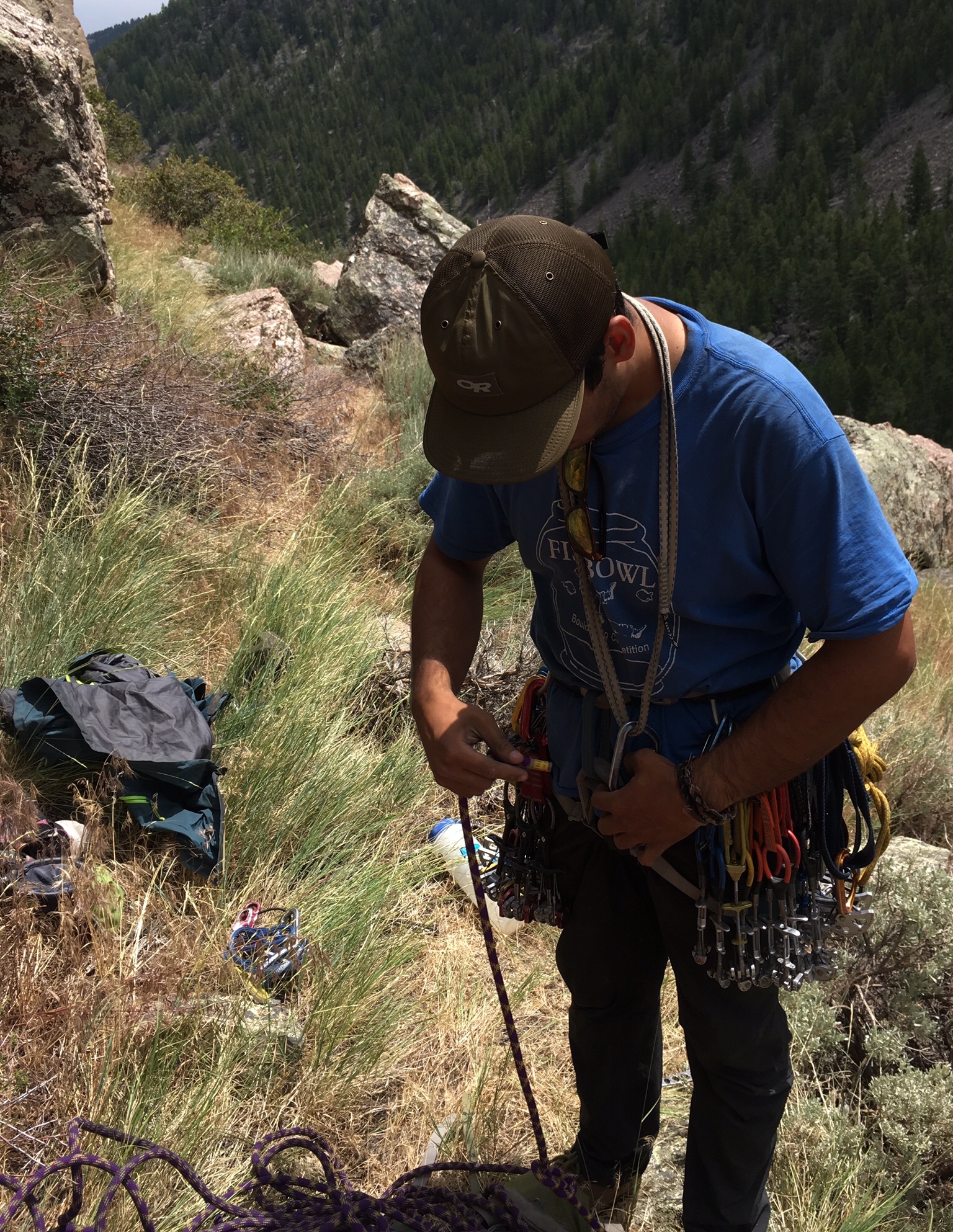
If you keep you gear packed up and ready to rock, then it is easy to grab it on the approach. This tactic saves time by keeping you from digging around your car, looking for your gear. My suggestion would be to divide the gear evenly amongst your group members. For example, you could have one person carry the rope, while another carries the Trad Rack.
Another suggestion is to keep a bag packed for sport climbing, another for trad climbing, and a smaller pack for essentials such as snacks, sunscreen, and a first aid kit. Finally, consider the length and gear demands of the routes that you will be climbing, and pack accordingly. By keeping your gear organized every day, you will save time, prevent headaches, and make your climbing road trip run much more smoothly.
4. Research Your Destinations Long Before You Start Your Trip
Research, research, and research some more. The key to a successful climbing trip is knowledge. Know what you want to climb, know the approaches, the weather, the grade range, and the conditions. Know the area, the camping, and nearby towns. If you begin your trip with a little prep and planning, you will maximize climbing time, save money, and enjoy yourself more.
We did not do much planning. We had a rough idea of where we wanted to travel, but no fleshed out details. Free form, wherever-the-wind blows itineraries are my forte. Truth is, I don’t like planning. This can work if you are, say, backpacking in Europe. But if you are setting out with the hopes of climbing awesome routes in beautiful places, more preparation will fit these aims better.
5. Know Where to Camp
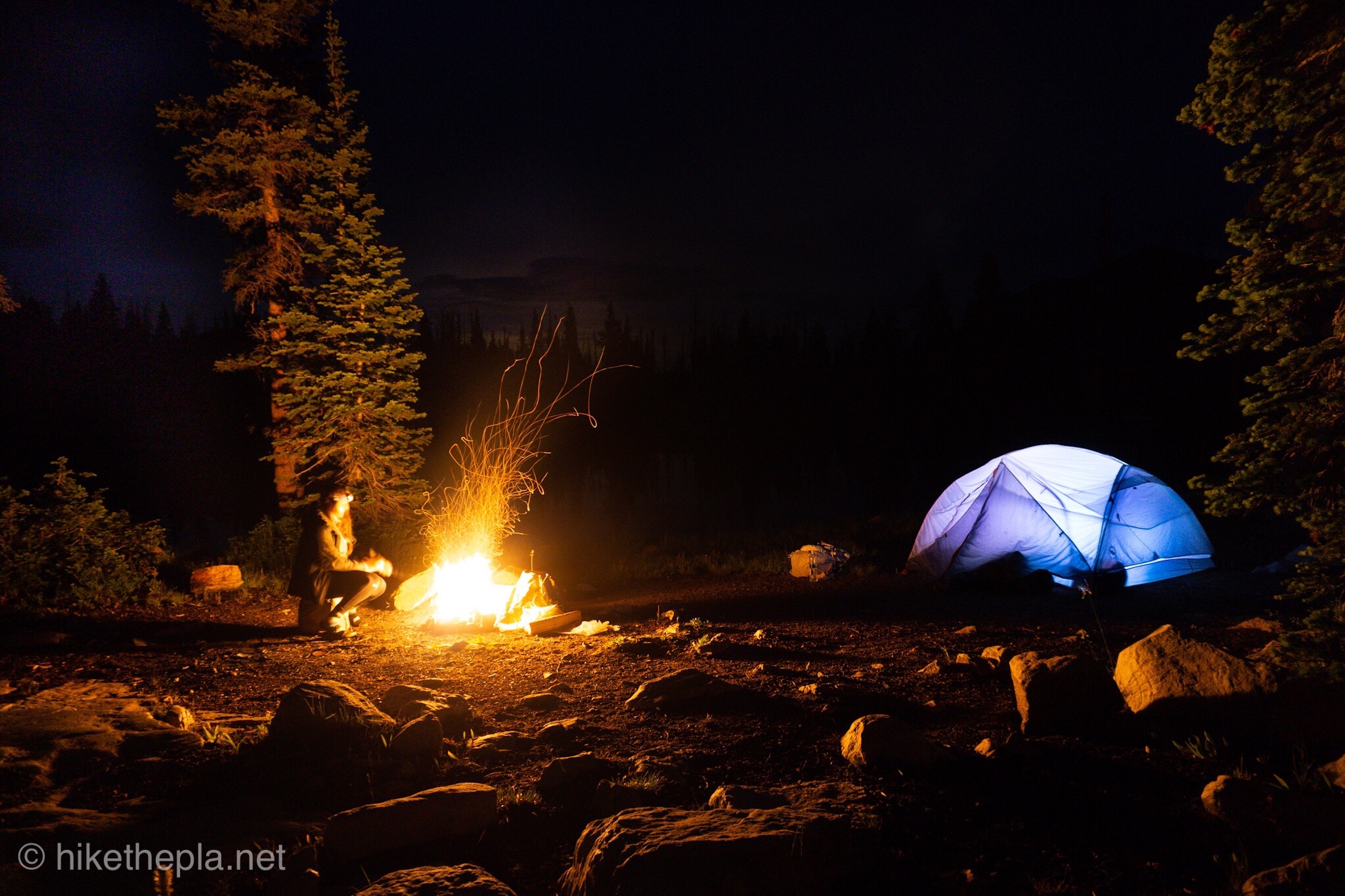
There are few drudgeries worse than driving around a dark country road at midnight, with no cell phone service, looking for a place where you can bed down for the night. Finding yourself in this situation, you will be tired, morale will be low, while all you want to do is crawl in your bivy and snooze the night away. Your climbing partners will be frustrated at you, and you at them. This happened at least twice on our trip, both times in Montana.
Strategies to prevent this situation begin way before you even near your destination. Pull out a map of the area, preferably one that displays public land. This can be on your phone, a computer, or a paper map. Find your desired climbing area, look for Forest Service or BLM land nearby (there usually is), pick a road on said lands, and camp somewhere nearby. This should have been a simple task, but we failed to complete this crucial step. Instead, we found ourselves driving around in the wee hours of the night with our proverbial heads up our proverbial butts.
When you finally do find a good campsite, try and learn about the local regulations for dispersed camping. These rules typically do not vary too far from place to place, but learning them can save yourself a fine, and improve your camping experience. Pay close attention if you are camping in bear country, and try and observe the basic Leave No Trace principles as they retain to camping.
6. Plan for Bad Weather
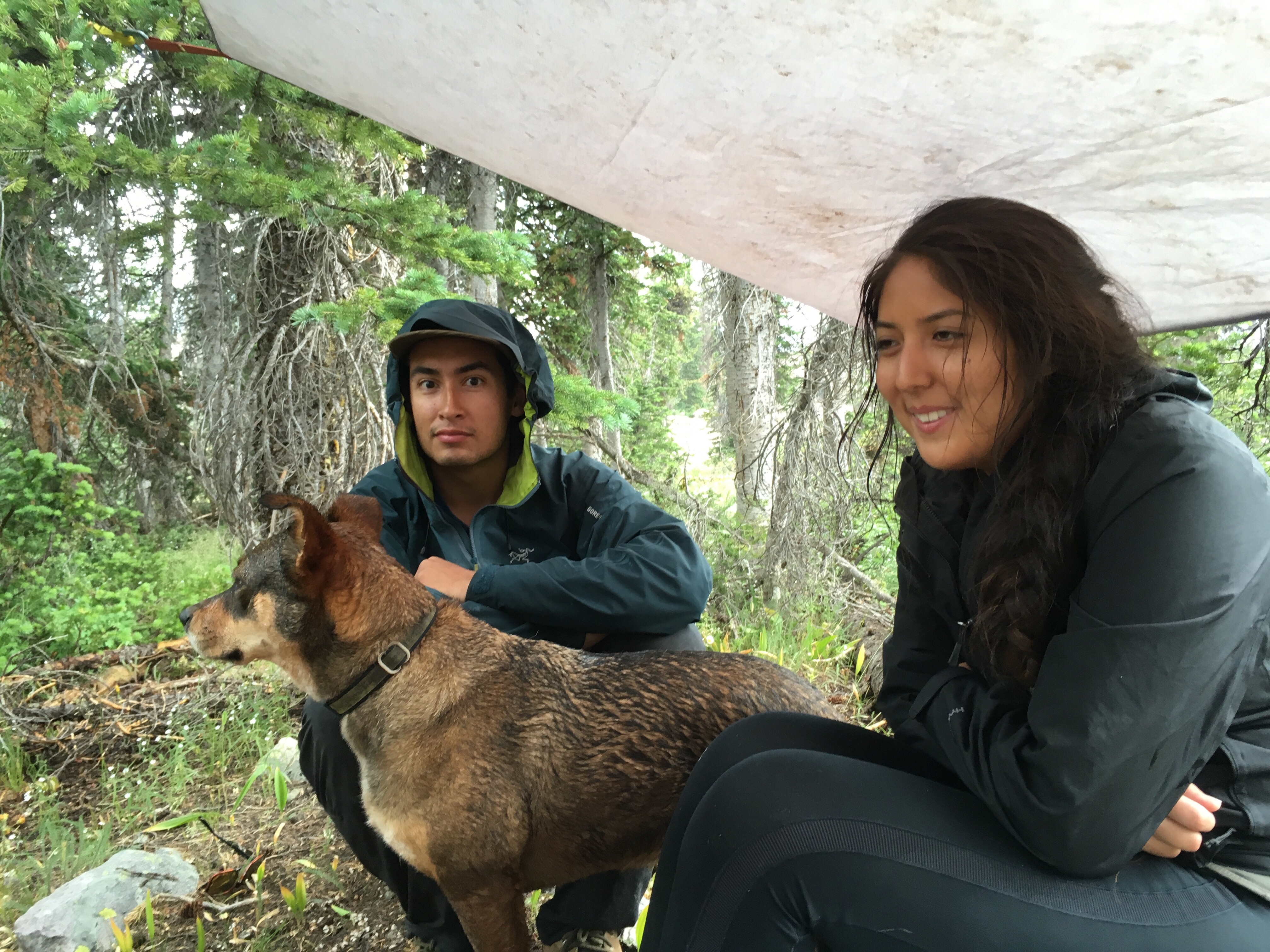
Make it part of your daily routine to always check the weather forecast. This is an important part of being prepared and ready during your road trip. However, you also need to keep in mind that the weather is not always so predictable, and will, at some point, catch you off guard.
Afternoon thunderstorms are common, especially around mountain ranges and canyons (read: where rock climbers hang out). Be aware of heavy winds, and know that summertime snow dustings are not unheard of in the alpine. At the very least, pack a rain layer, and maybe something warm. There are few things more disheartening when bluebird warm days turn to gloomy, cold summertime squalls. Finally, be aware of lightning safety. Climbers like to seek out the same high, exposed points that lightning does, so it will benefit you to know the basics of lightning safety.
7. Quality Over Quantity
I highly recommend choosing a few, excellent areas, rather than driving all over looking for a crag. We stretched our two and a half weeks to encompass multiple states and crags, and we may have stretched ourselves thin. Utah, and Wyoming had some quality, fun climbing, but we could have skipped Montana on our way to Washington.
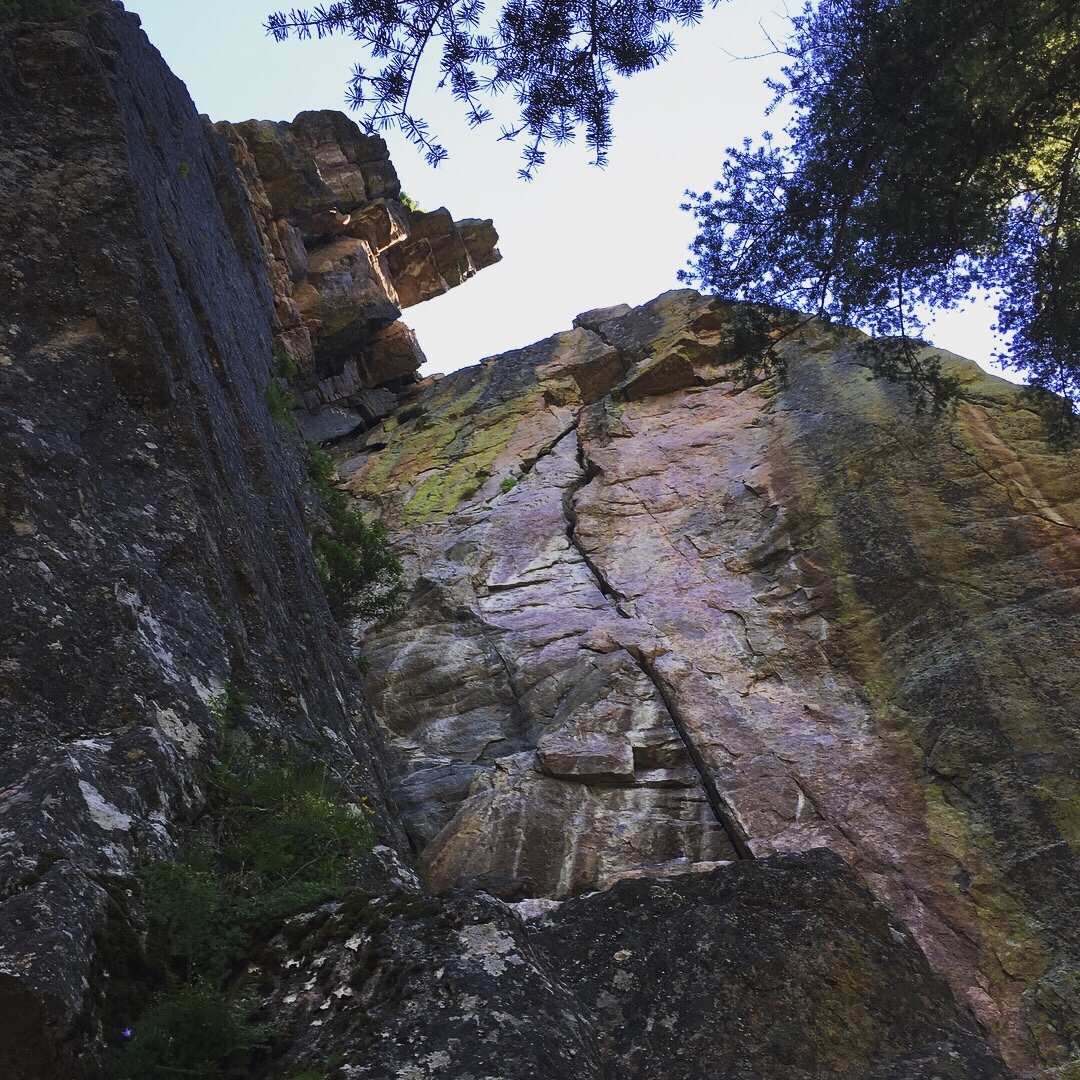
We spent lots of time driving around, looking for places to climb in a given area, rather than just bee lining straight to the quality rock. The result was lots of poor quality routes climbed at out of the way crags, and wasted gas. Ideally, a climbing road trip is spent climbing the best that a destination has to offer. Not to say that there aren’t hidden gems out there, but by doing your homework, and planning strategically, you will have a better time. Skip the “locals only” crags, and head to the places that Rock and Ice writes articles about.
8. Which Vehicle is Best?
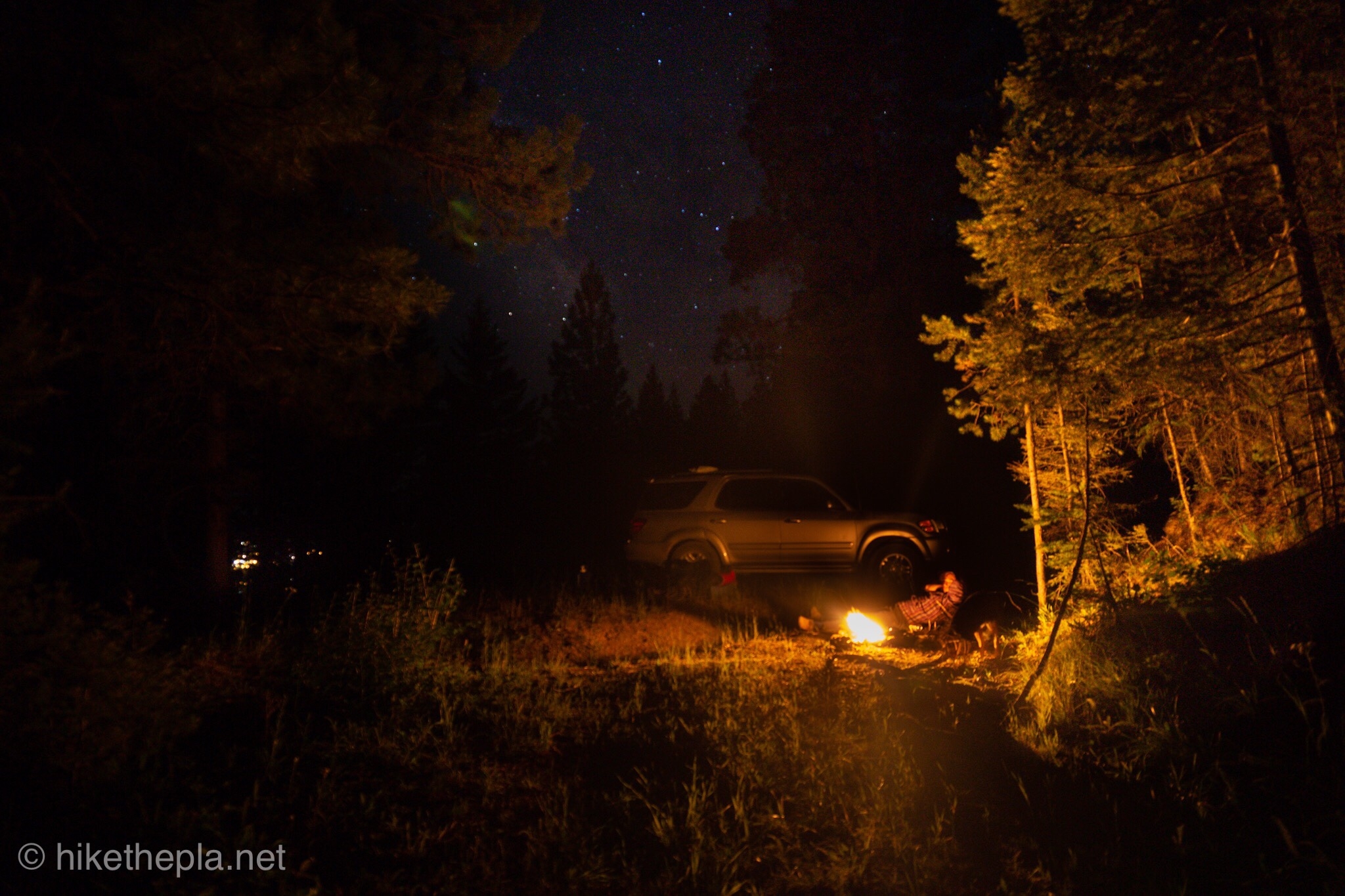
Before your trip, consider the vehicle that you will be bringing along. Many factors are often taken in though to decide on the appropriate vehicle. Do you want to sleep in your vehicle? Do you want good gas mileage? Do you need to fit a lot of stuff? How many people will be riding along? Picking the right car for your needs can be a crucial step in your road trip planning, and will determine many more decisions over the course of the trip.
We had the choice between two vehicles. My smaller, fuel efficient Honda Fit, or my friend’s larger, more spacious Toyota Sequoia. The Honda Fit, though a worthy travel vehicle, had several limitations that we were not willing to work around. Fits are great on gas, have a surprising amount of storage, and can be a great camping vehicle (see: our write up about camping and living in a Honda Fit). When we factored in all of our climbing and camping gear we would be taking along, the comfortability, and the needs of all the passengers (multiple climbers and a crag dog), we decided that the gasoline loving Toyota would be more ideal. Had we taken my Honda Fit, we would have needed to make many more compromises.
Every Vehicle will have advantages and disadvantages. Outdoor loving, adventurous folks generally drive one of three different whips: The Mid Sized Pickup Truck with camper shell, the Subaru Outback style all wheel drive station wagon, or the decked out, luxurious Sprinter Van (or off brand equivalent). These vehicles offer the most advantages, with the fewest compromises. If you own one of these, then you are already equipped for road trip traveling. If not, more compromises need to be made. Don’t let that discourage you, as nearly any car can work well on a climbing road trip.
9. Tune Up Your Car Prior to you Road Trip
Road Trips can be tough on a car. Many hours of driving, both on highways, and rural forest roads, will age your vehicle. The chances of something breaking increase for every consecutive hour spent driving. At least I think they do. Anyways, taking the time and money to tune up your car, and perform some basic maintenance or repairs will save you and your climbing partners from being stranded. At the very least, you will have the piece of mind that your adventure-mobile is in decent shape.
Change your spark plugs, inspect the belts, change your oil, and check the tires. These small steps will go far. Often, you don’t even need a mechanic to do these for you, as they often require minimal tools and time to perform yourself. Don’t neglect the interior either. Do a little housecleaning before, during, and after the trip to make your experience riding in the car more pleasant.
10. Eat a Balanced Diet
Gas Station snacks are easy, cheap, and fast. Unfortunately, these do not always confer the nutrients you need to keep yourself in prime sending condition. Instead, you should be trying to pursue a healthy, hearty, and balanced diet. Note, that when I use terms like ‘healthy’ and ‘balanced’ diet, I am not referring to any particular dietary plan. I simply mean that you should not sacrifice quality foods for convenience. In my case, it was maximizing protein and fluid intake, while minimizing sugar and alcohol consumption (not so easy).

Dirt Bags like us find it easy to cook up ramen or instant rice. Cheap, processed foods that are easy to come by, and easy to prepare. Personally, I advocate incorporating some protein, fruits, and vegetables into this regimen. Doing so will make you happier, perk up your energy levels, and keep your appetite batter sated. Take a trip to a supermarket every so often, and find those foods that are on sale. Just because you need to eat frugally does not mean you need to eat poorly. There are plenty of delicious, cheap, and wholesome meals that can be made with a small camp stove.
11. Try and Find Some Alone Time
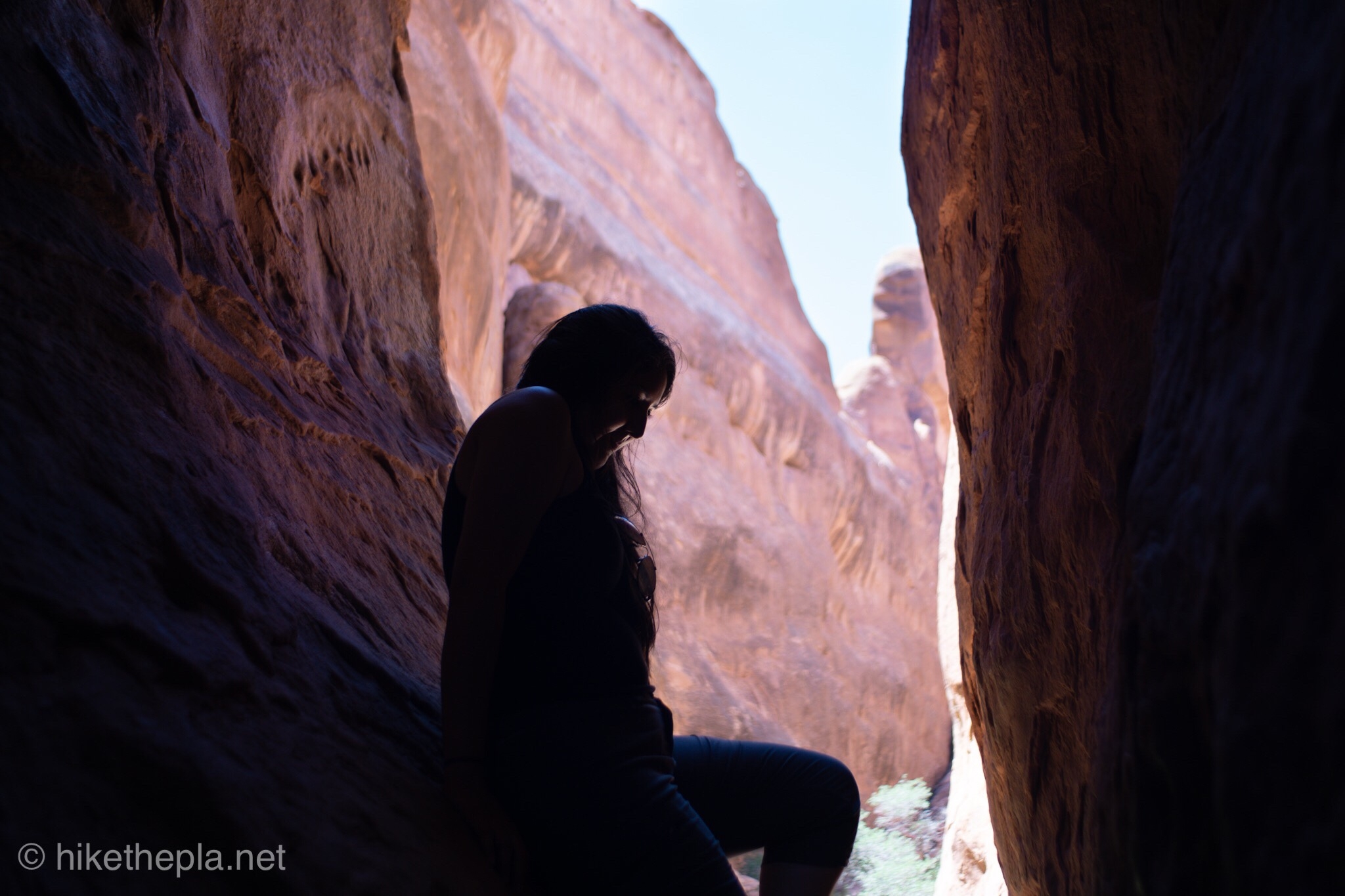
If you’re anything like me, you need some alone time every now and then. Being stuck in a car for days on end with the same people tires me out, even if I really like those people. If you had to put me on the extrovert-introvert spectrum, I most often err on the side of Introvert. To recharge my batteries, I often need to take some time to be alone. Even an hour or so does wonders for my emotional well being.
Whatever you need to do, seek out some alone time. You can read a book, hang out by the river, meditate, take a shower, or whatever you please. In my case, I took this as an opportunity to start editing some of the many photographs I had snapped. Alone time will make you happier, and your climbing partners happier. Don’t be afraid to explain to them how you feel. If they are truly your friends, they will understand your needs.
12. Don’t Get Distracted
The idea of spending every day Rock Climbing seems awesome, I know, but it does take it’s toll. Every so often, dirtbags need rest days to recover strength, soothe aching tendons, and do normal people things. A rest day can mean different things to different people, and can differ depending on your location. But one thing is for certain: don’t let your rest day activities eat into your climbing time.
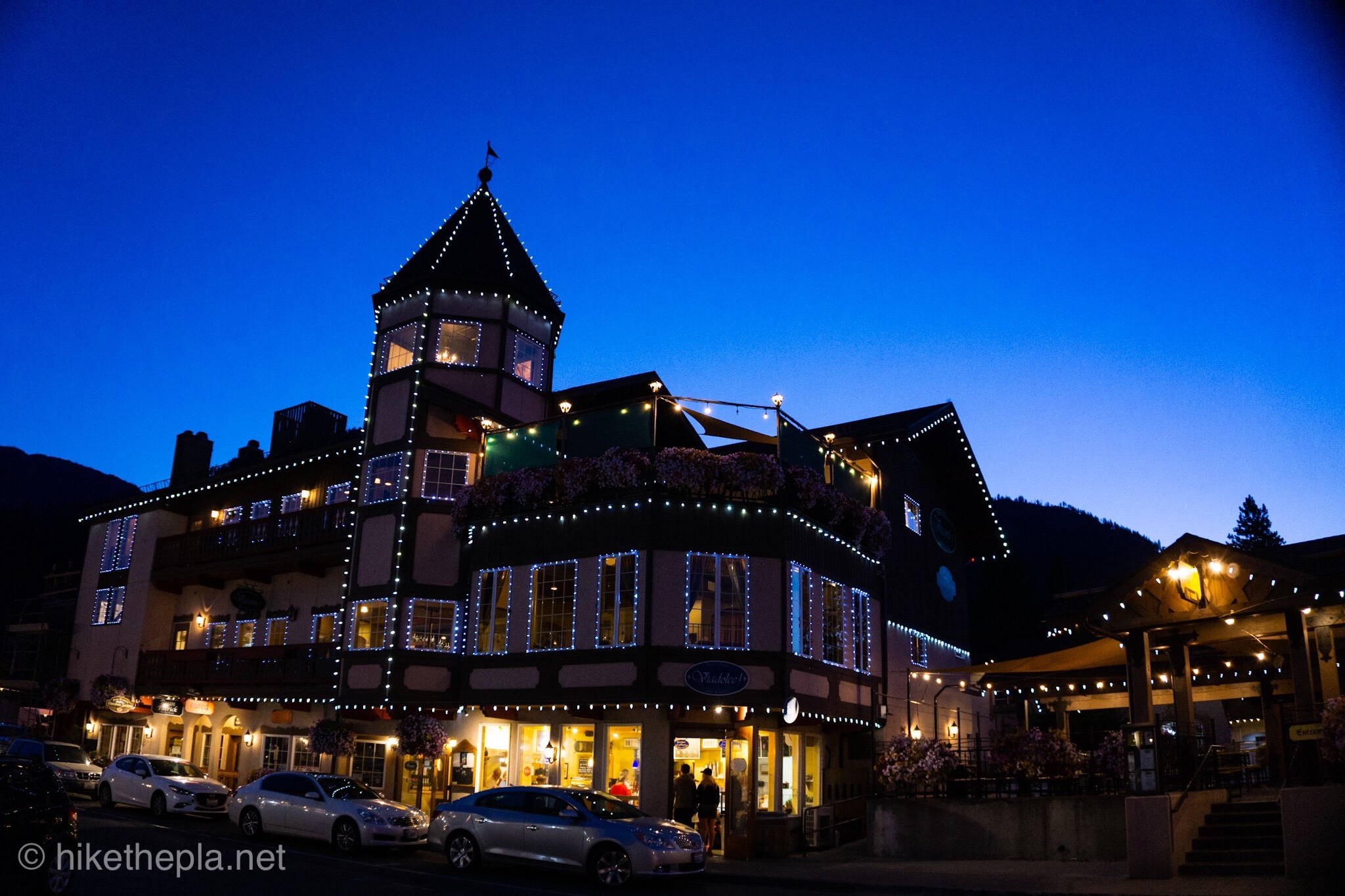
Some climbers like to go hiking or running, while others will drink beer under a shady tree. The local attractions might take up your time. Nightlife, movie theaters, and festivals can distract the resting rock climber. Personally, Leavenworth made me sick of Bavarian Bratwurst. Admittedly, a part of myself sought the tourist attractions. A rock climbing road trip can be more than just rock climbing.
Unfortunately, it seemed that these activities took up too much climbing time. I found myself growing frustrated that we were using up all the time that could be spent climbing on frivolities. To be fair, the weather was not always favorable, or the crags were crowded, but a part of me feels as though we did not make the most of our opportunity. Save your rest day activities for your rest day.
13. Sometimes, It’s Okay to Get a Motel Room
Camping is fun, but it can get old. During our trip, we strove to find free camping whenever possible. With all the public land around, this is often easy to do. Occasionally, your road trip will have you arriving in a major metropolitan area where the free camping is hours away. The day is growing long, and you don’t feel like driving through the night to find another campsite. If your fortune finds you in this situation, just as ours did in Seattle, then splitting a cheap motel room may be your best option.
We were successful in finding free camping every night, except for our one night in Seattle. I was reluctant to spend money on lodging, yet I was thankful. Thankful for a hot shower, and a warm bed. Our smoking room smelled like smoke, had bars on the window, and the bath tub had cigarette burns, but I was able to refresh mind, body, and soul. The best part was the complimentary coffee in the morning. Road Trips are often done so frugally, but if there are a few dollars to spare, then do not feel guilty to seek out some extra comfort.
14. Be a Good Navigator
This is one thing that I could have done better on our trip. My friend insisted on driving the whole way (he really likes driving), leaving me to be the navigator. With the aid of smartphones and satellites, navigating would seem to be a simple task. I guess I underestimated this task, because there were several moments where I let us miss an important turn, causing us to make costly detours. If you are put in charge of navigating, be sure to do so as if your life depended on it. It is an important task that is essential on the road.
- The Best Campsites Around Big Bear California - February 26, 2021
- Hiking to the Hollywood Sign Via the Brush Canyon Trail - July 13, 2020
- Dirt Cheap Hiking and Backpacking Gear: The Most Affordable Gear on the Internet - July 4, 2020
